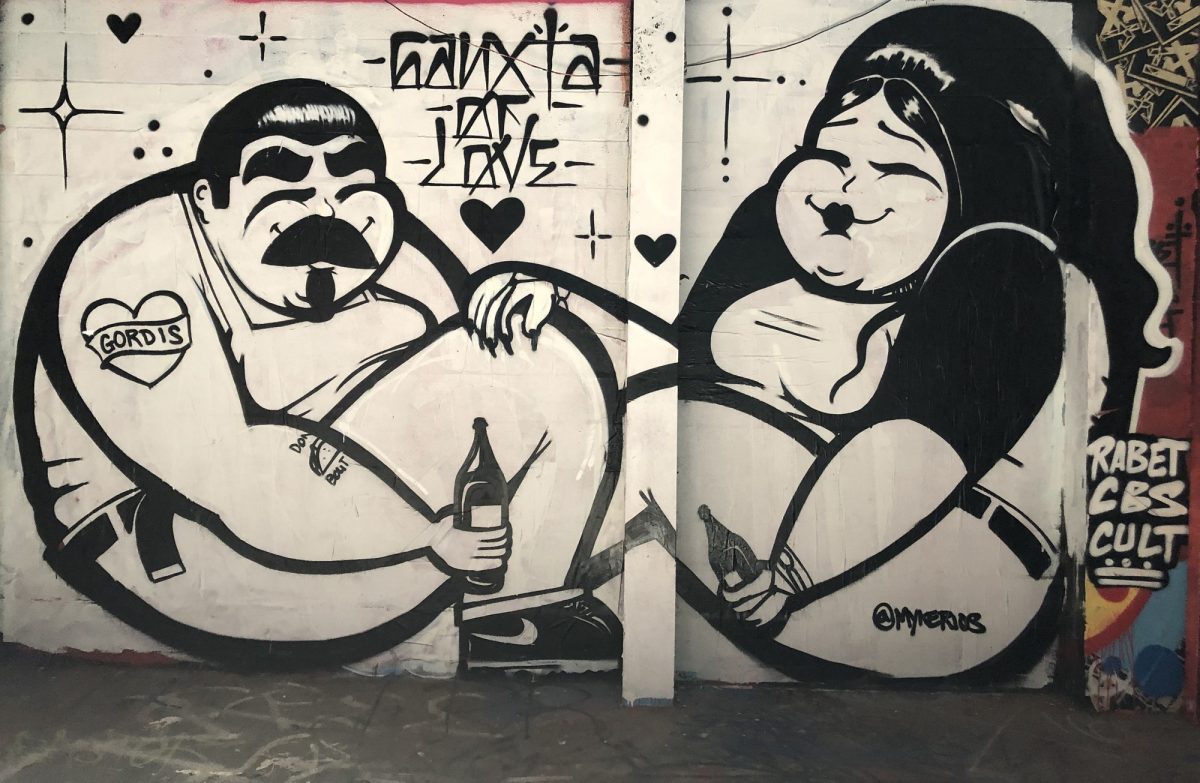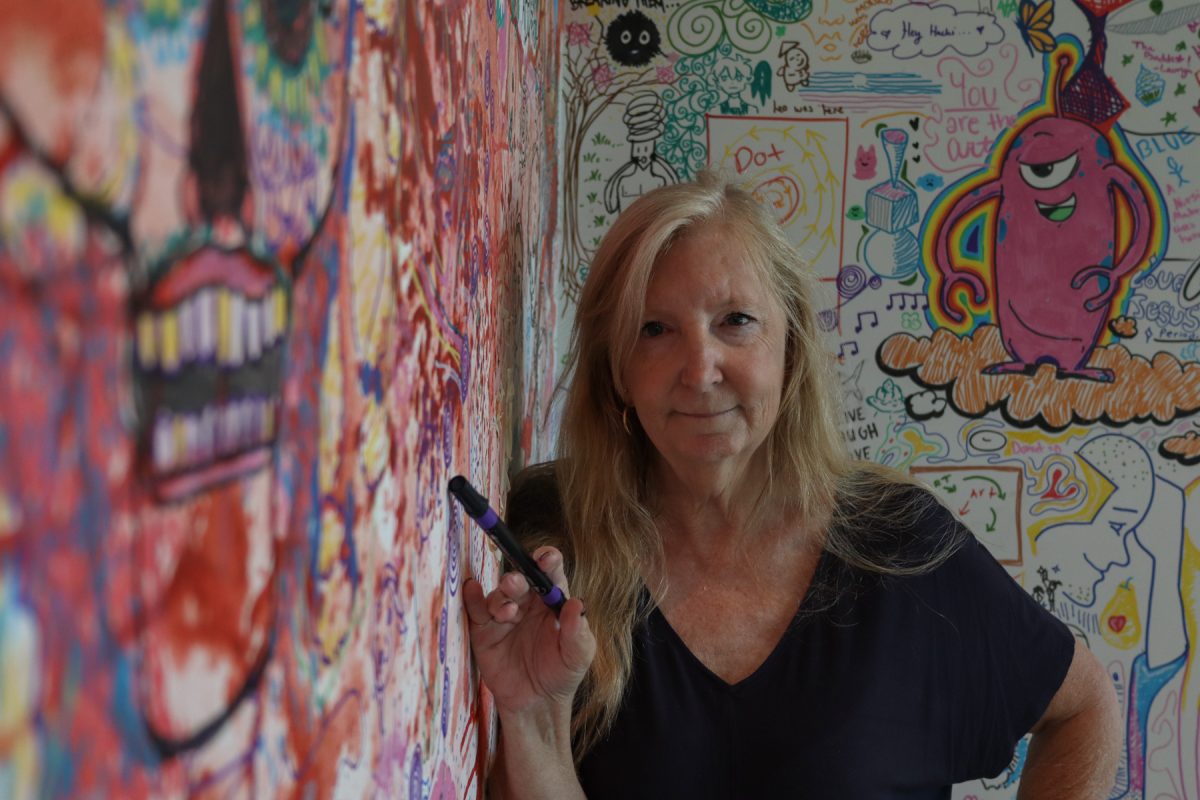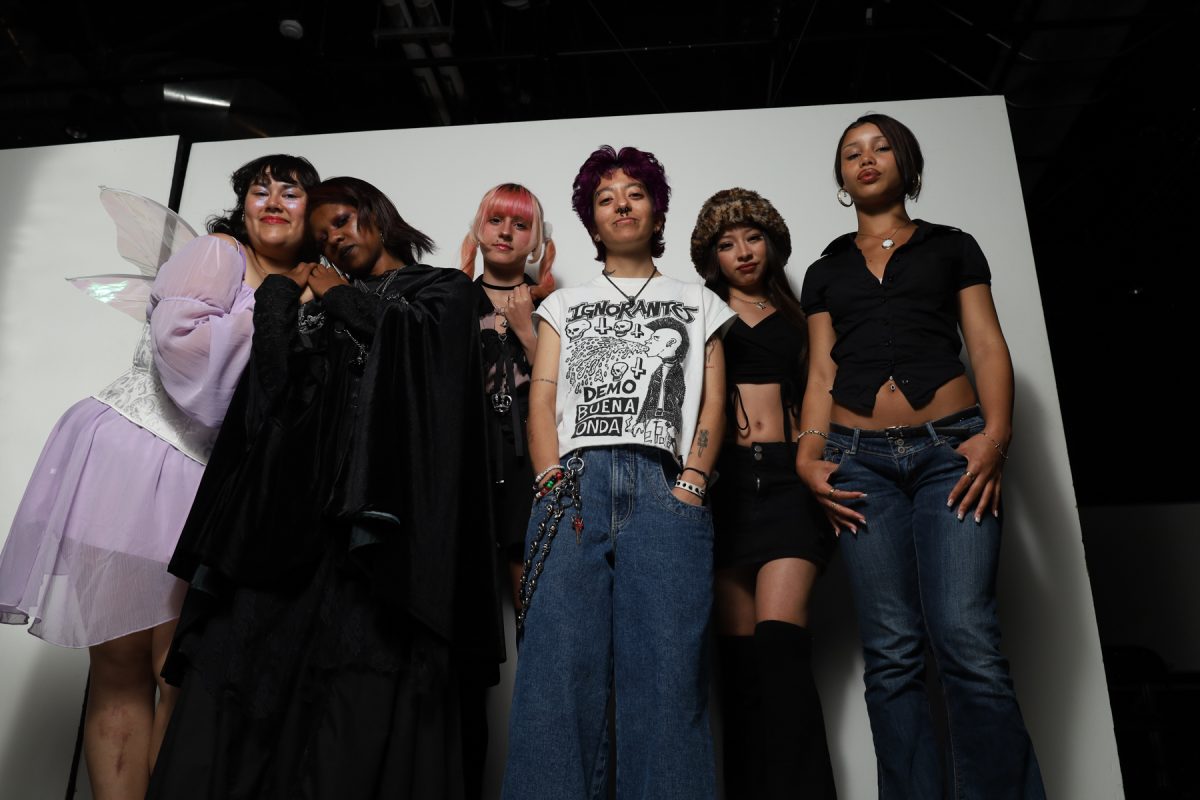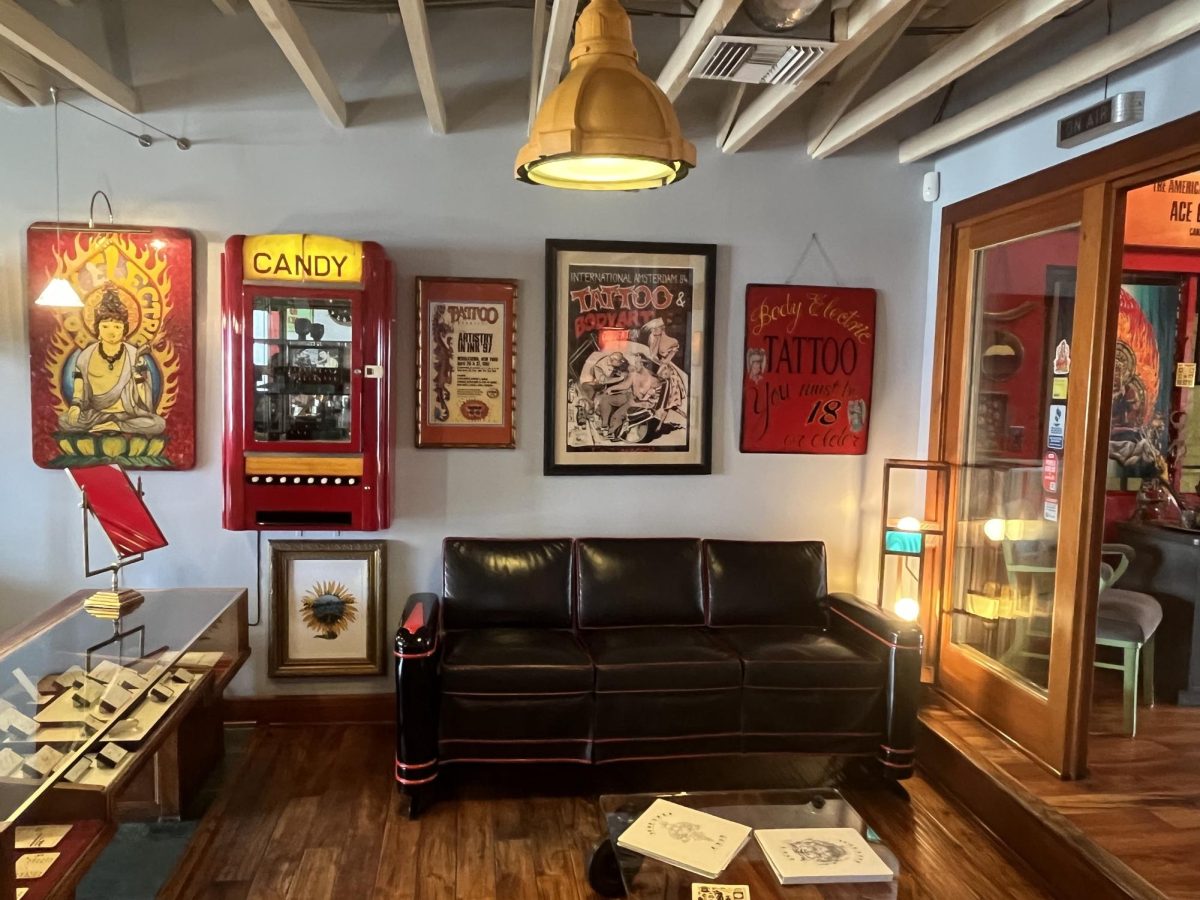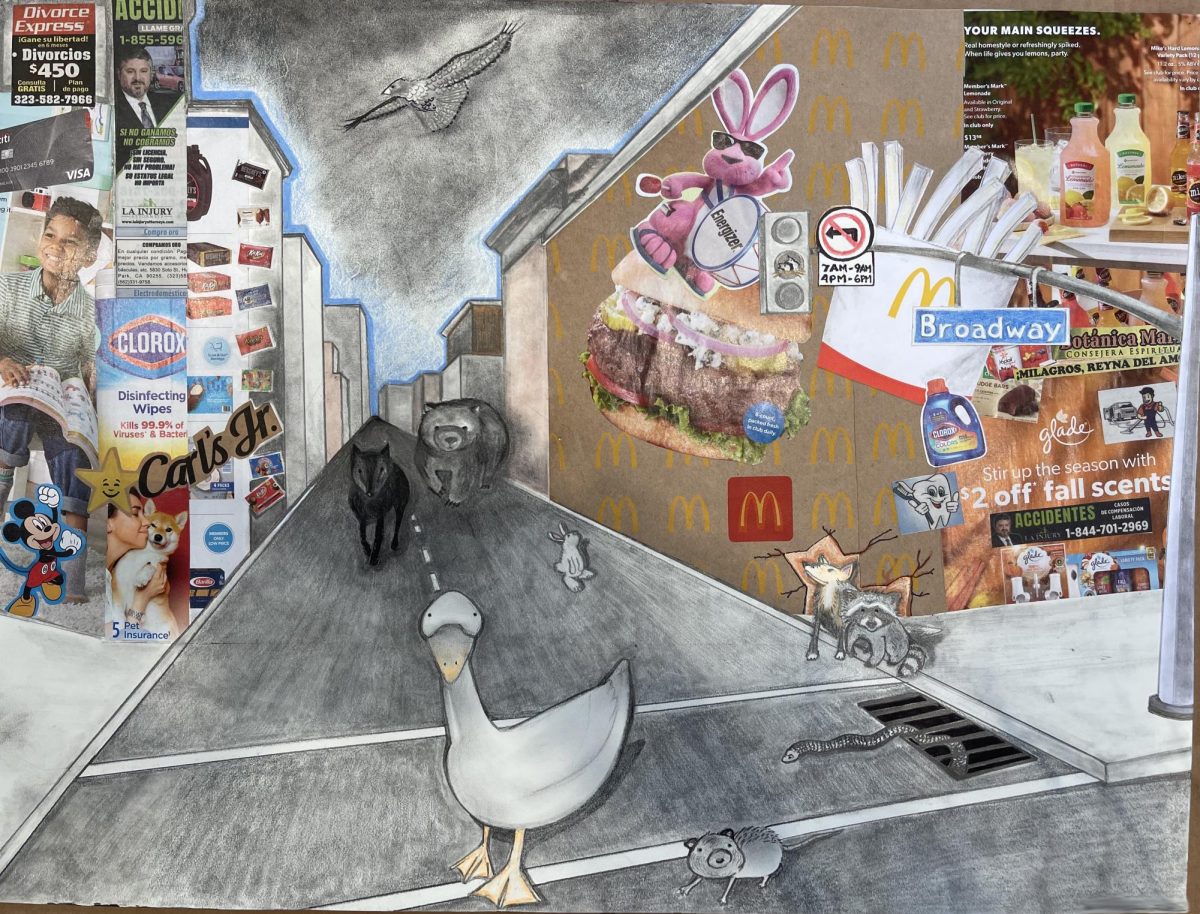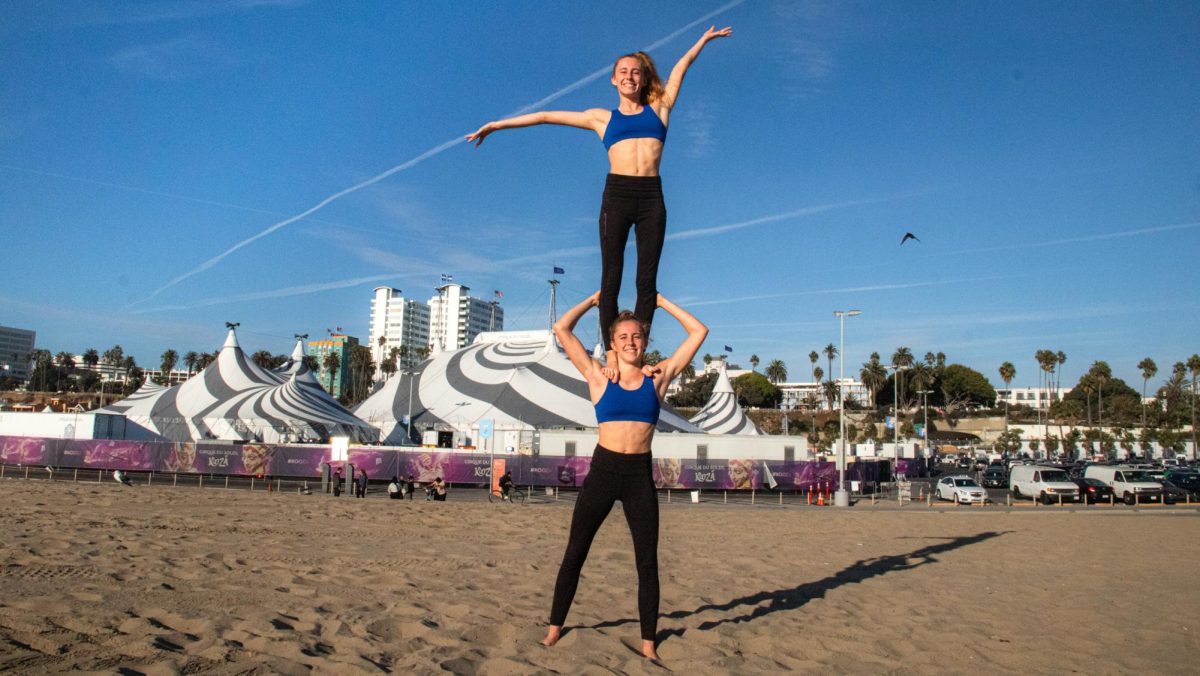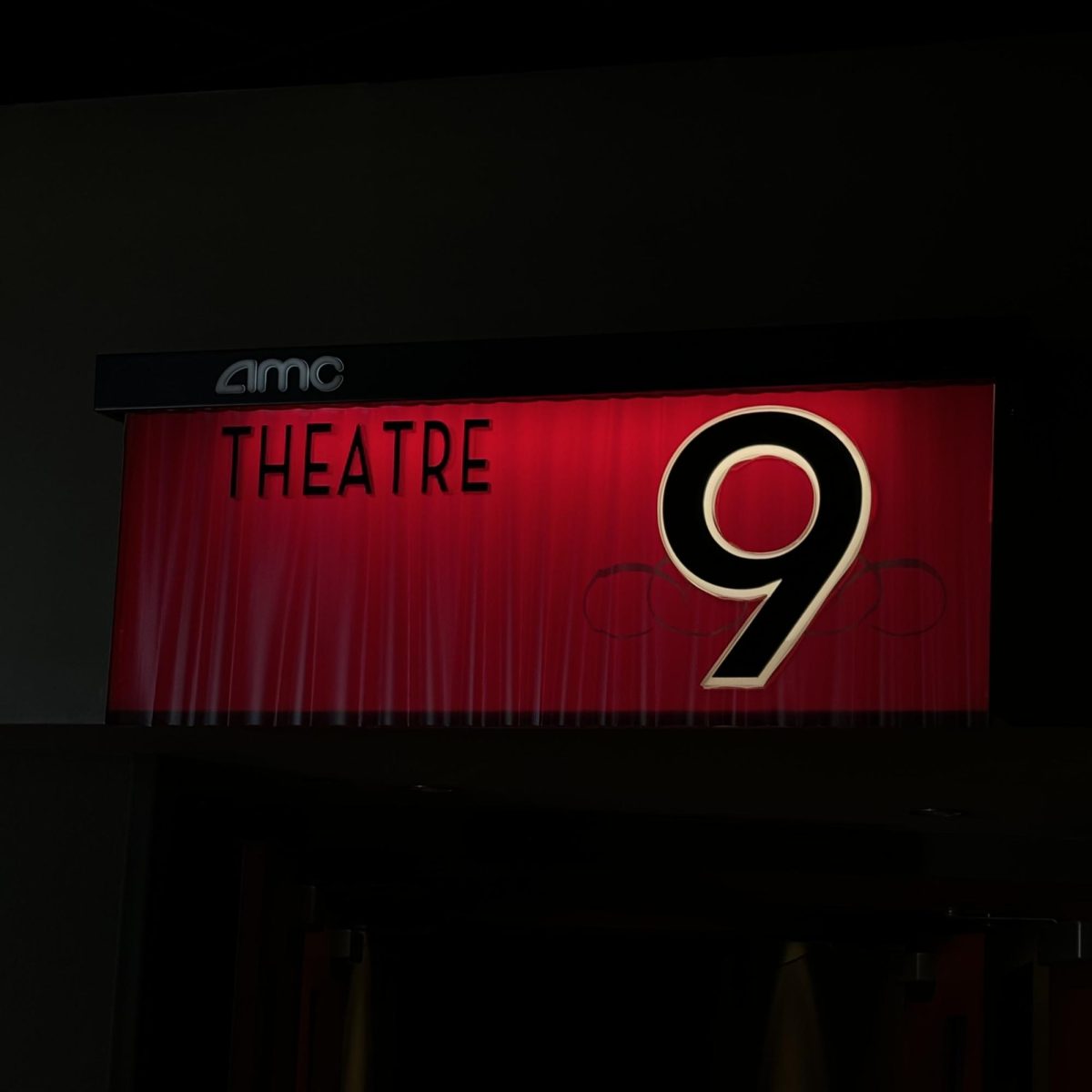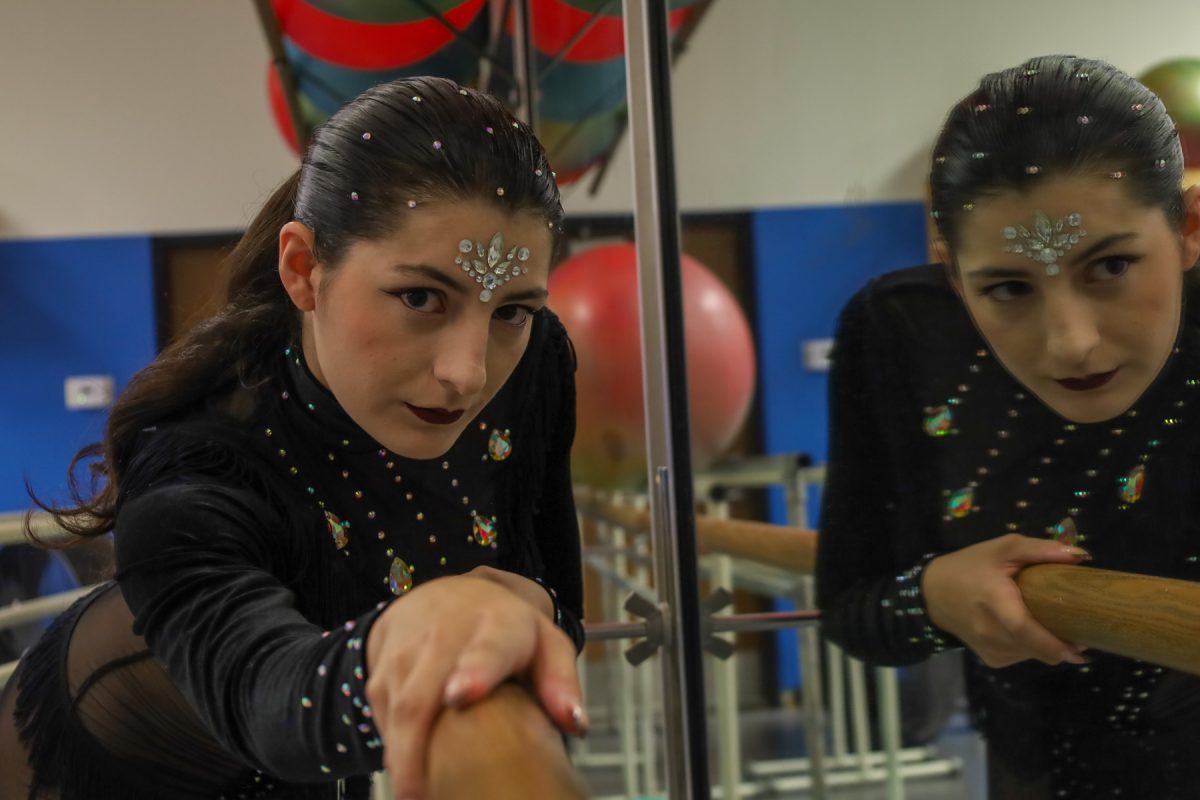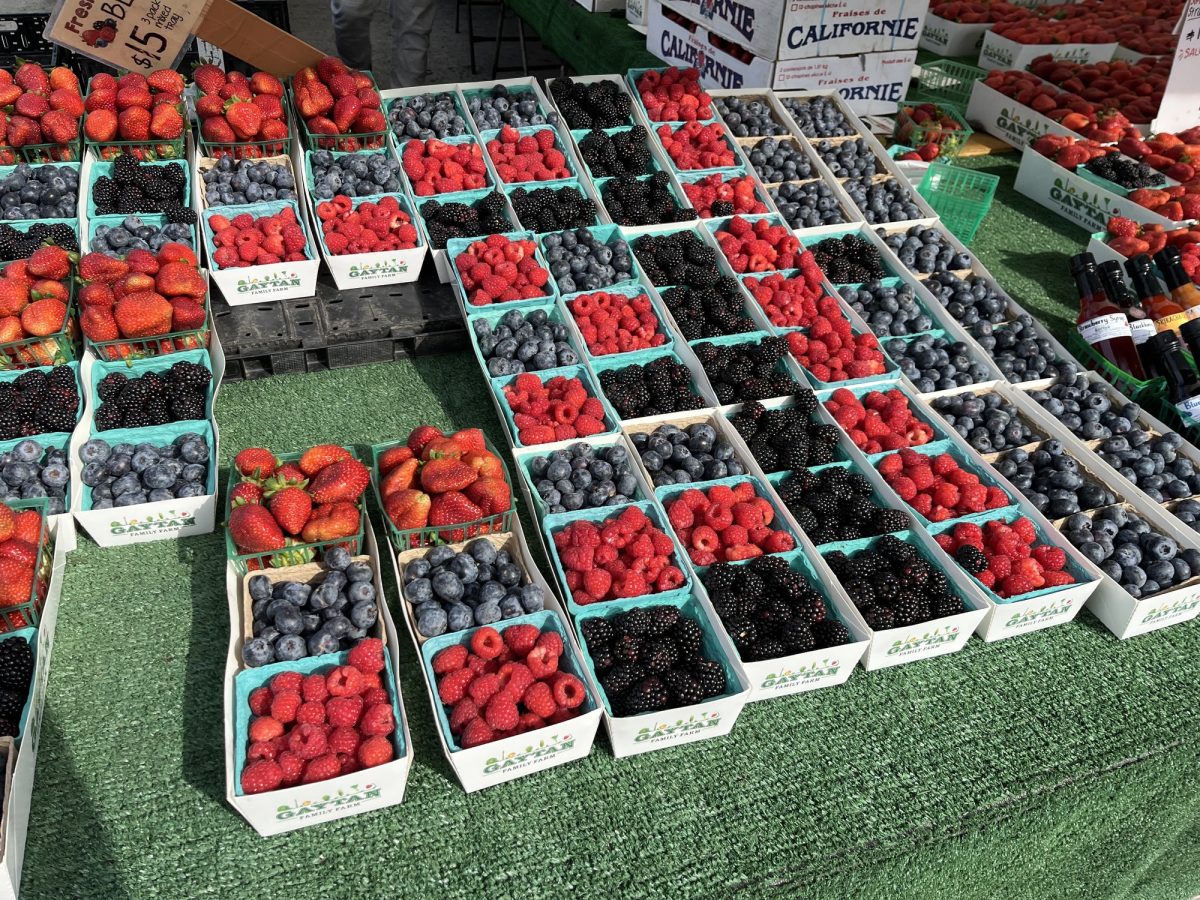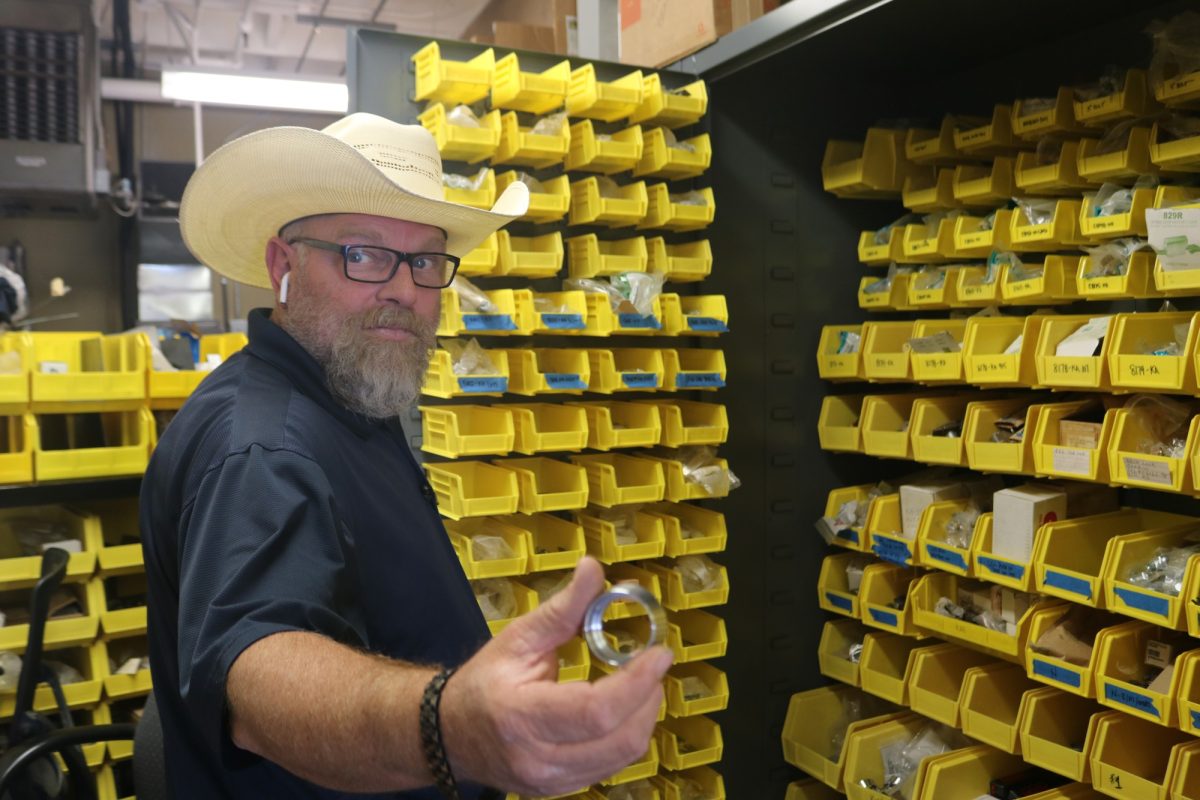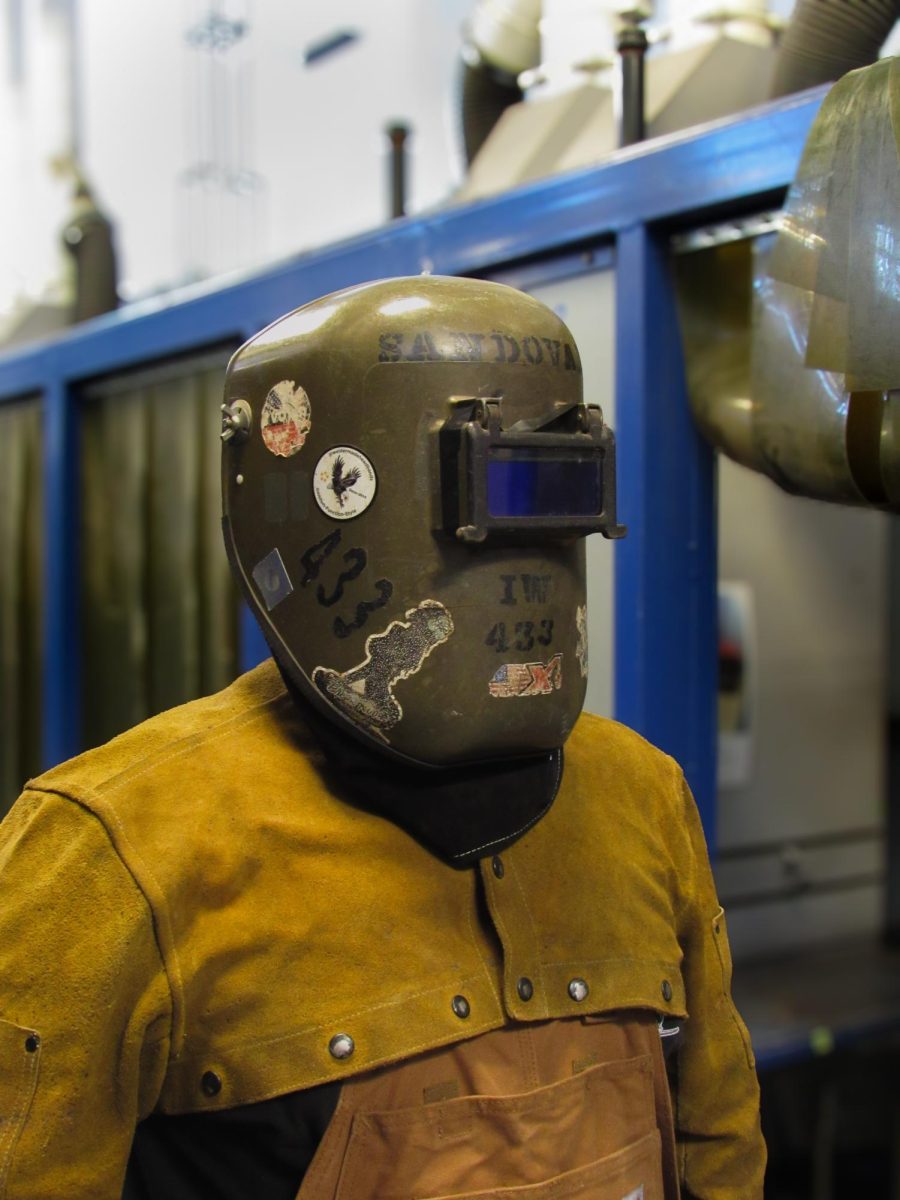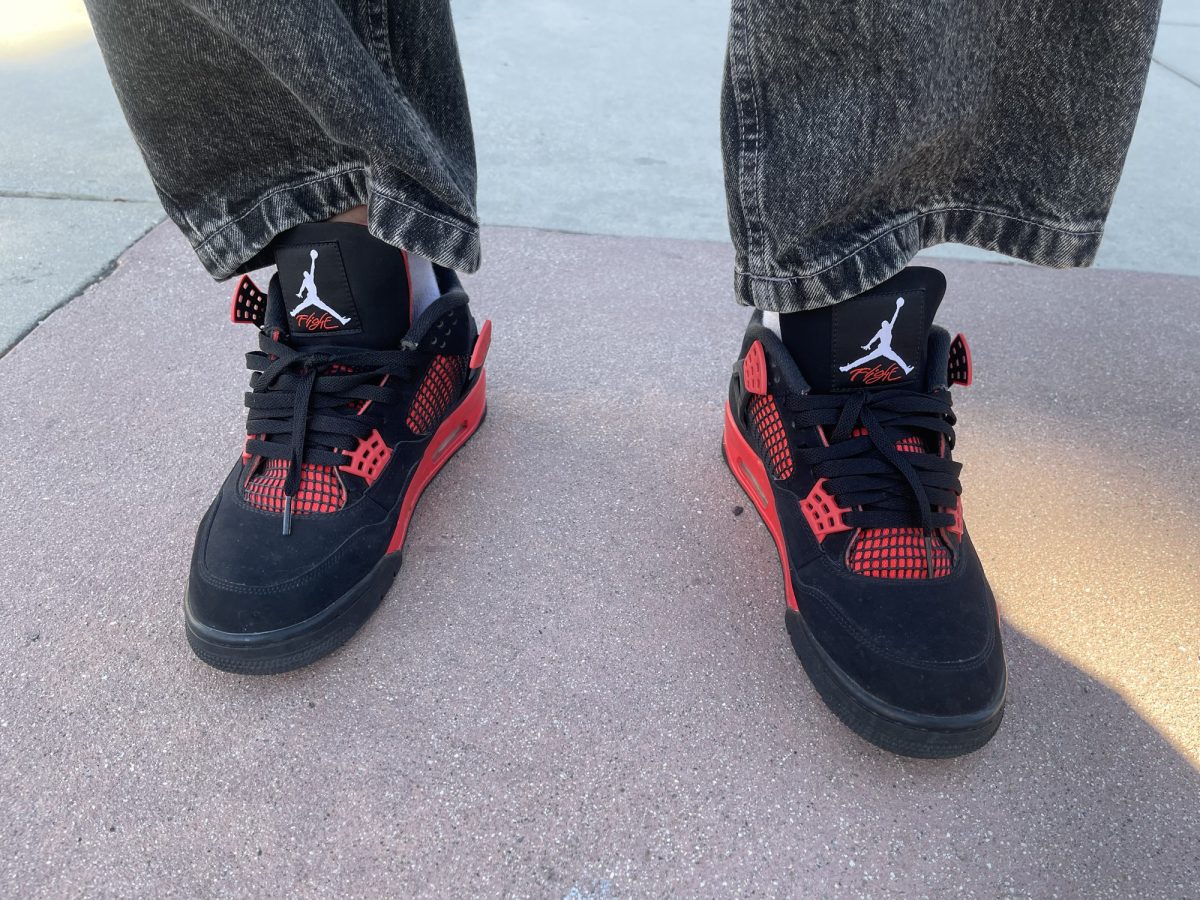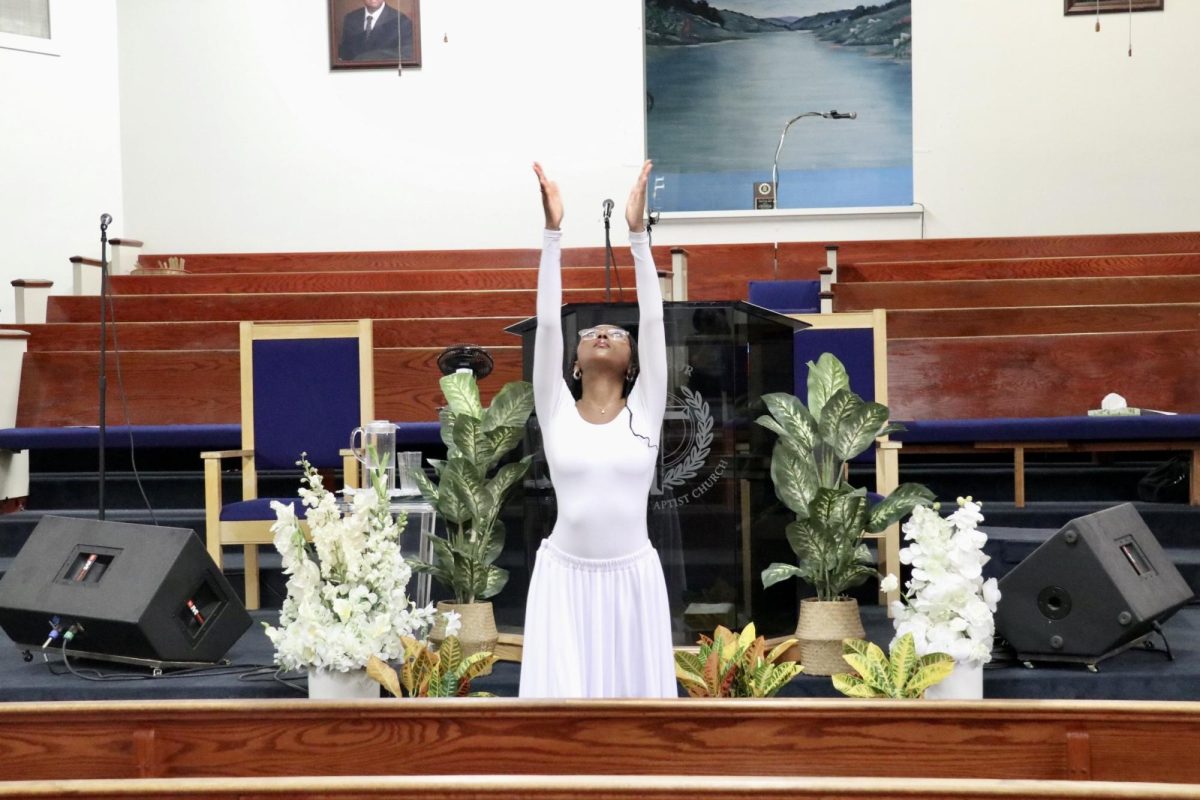Throughout history, humans and our ancient ancestors have always made murals.
Whether outlawed, permitted or paid for, on buildings, trains and tombs, graffiti artists have painted the planet.
From Watts to Wilmington, here is where to see some of the best graffiti in South L.A.
Top pick for “throw-ups”
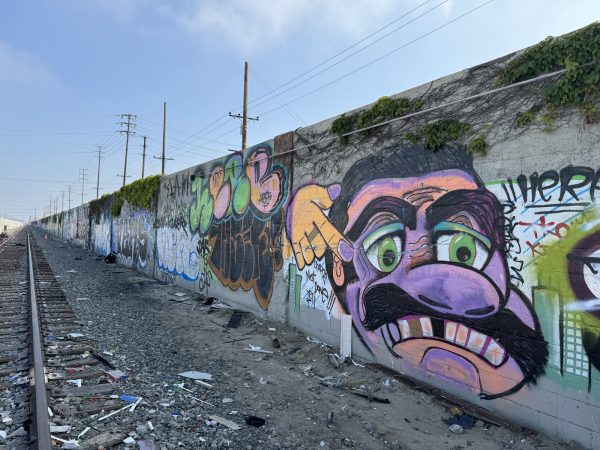
Freeway overpasses, concrete-covered river beds and rail yards are favored spots for throw-ups, a form of graffiti that’s meant to be quickly written.
A beautiful section to drive or walk by exists next to the train tracks that run parallel to Alameda Street and Alameda Street East between Century Boulevard and 92nd Street on the border of Watts and South Gate. (On the South Gate side, Century turns into Tweedy Boulevard.)
The most recognizable writers all have “tags” or graffiti signatures.
Fame comes by getting up often and covering as much territory as possible. A piece on a metro train or subway that’s seen across an entire metro area can earn the writer “All City” status. Tagging up on a freight train car can travel across the U.S.
Tagging requires a person to be fast, because they are worried about cops, property owners, beef with other graffiti crews or drama with neighborhoods that pressure taggers to become wall bangers.
The time and safety someone has determines the form the tag takes.
Some writers paint with large stencils or attach paper posters or stencils to a surface with wheat paste or spray glue.
Most magnificent concentration of pieces in a single location
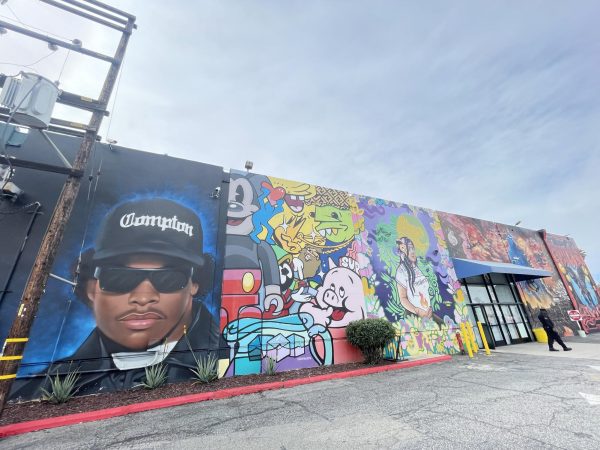
When writers have more time to create a complicated pattern or image on a larger wall, they usually get permission from the property manager since the work could take several hours or several days to complete.
These large graffiti murals are “pieces,” and creating them is sometimes called “piecing.”
The most impressive collection of large graffiti murals in South L.A. covers the outside walls of Del Amo Plaza Swap Meet on 2787 E Del Amo Blvd in Rancho Dominguez.
Inside the swap meet, check out Made Fresh Airbrushing and Graffiti Supplies – locally, not corporate-owned – for the best graffiti materials in L.A., including top paint brands, a wide variety of colors and (spray can) caps, and the ability to order whatever you need that’s not in stock. The business is ocated at #H-8 and can be reached at (310) 703-9022.
Hours: 10 a.m. to 6 p.m., Wednesday through Monday
Best memorial walls
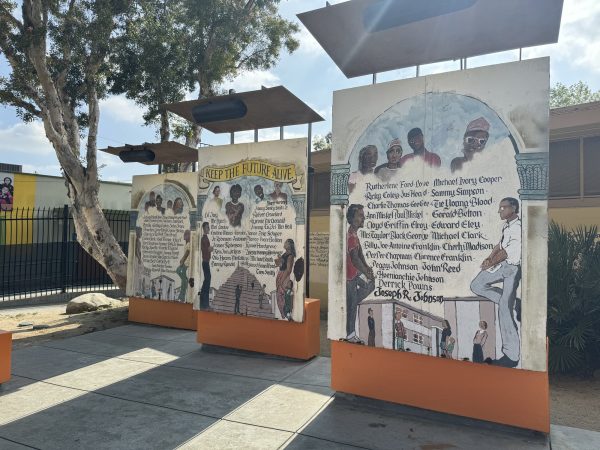
Memorial walls have been a big part of graffiti since the ’70s and some of the most impressive in L.A. include multiple tributes to Eazy-E, Tupac, Nipsey Hussle and Kobe and Gigi Bryant.
But many prefer the hundreds of tributes to individuals taken too soon by SoCal streets, often known only to people who live in the area.
Check out the powerful memorial walls for residents of Nickerson Gardens Public Housing Development in Watts, covering the front walls of the recreation center located at 11251 Compton Ave. in Los Angeles.
Enter the complex with respect and don’t take any photos without residents’ and/or recreation center’s permission.
Most powerful message murals
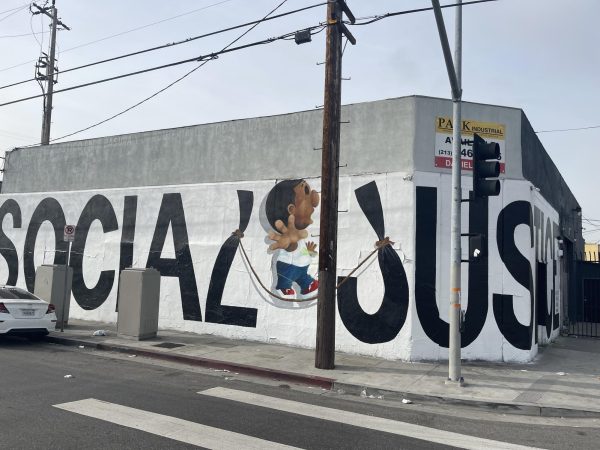
Mike Norice has created huge images on the sides of South L.A. churches, warehouses and businesses featuring a little boy he calls “Powerful Paul,” and large black, block letters on a white background.
The messages are simple and profound: LOVE, FORGIVENESS, HOPE.
Norice completed his newest mural – SOCIAL JUSTICE – wrapped around the building on the southwest corner of Long Beach Avenue and 41st Street in Los Angeles.
Commercial success
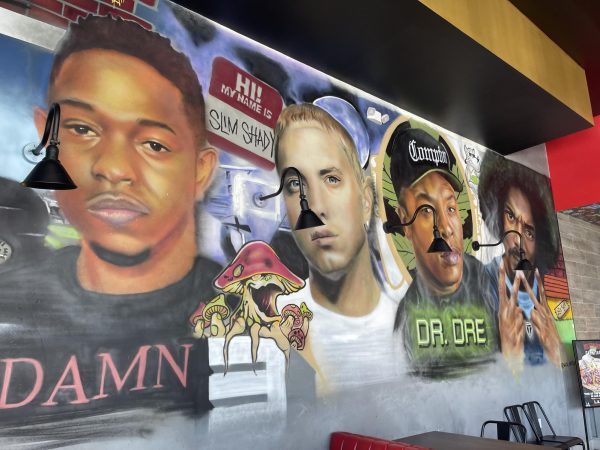
Increasingly, graffiti writers are commissioned to produce walls for businesses.
Check out the tribute SLOE88 created to honor hip-hop greats Kendrick Lamar, Eminem, Dr. Dre and Snoop Dogg at Dirt Dog on 1420 W. Redondo Beach Blvd., in Gardena.
Also, check out the Foot Locker at 205 E. Compton Blvd. in Compton; both the Starbucks and Nike outlet store on the corner of Century Boulevard and Alameda Street in Watts, (featuring murals by artists Moses Ball and Mike Norice); and Ball’s work on the U.S. Bank Building on 5760 Crenshaw Blvd. in L.A., on the northeast corner of Crenshaw and Slauson Avenue in Hyde Park.
Honorable Mention: Most missed bombing yard
Bombing yards – places where graffiti can flourish and draw writers worldwide – are often created at abandoned buildings or in empty lots with plenty of space on concrete foundations and/or cinder block walls.
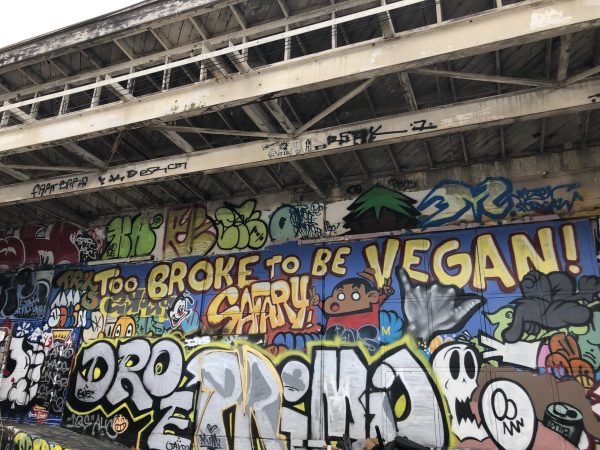
One of the most notable was a factory space turned into a community center – Chuco’s – at 1173 W. Redondo Blvd. on the corner of West Boulevard one block north of Florence Avenue on the border between Inglewood and South Central L.A.
The spot became a mecca for L.A. hip-hop culture, combining all four elements – graffiti, dance battles (break dancing, krumping and clown crews all practiced and performed here), MCing and deejaying – in one place. The graffiti inside and out was some of the best in the West.
Chuco’s was forced to move – like numerous residents and small businesses – pushed out by Metro expansion and the massive gentrification of the area caused by the Intuit Dome and SoFi Stadium projects.
The building was demolished to construct a parking structure for the new Metro stop across the street. The community lost a vibrant high school, youth center, movement strategy space and gathering place used by more than 20,000 people a year.
A very short history of graffiti
The Neanderthals engraved the walls of caves (in what is now Spain) as many as 65,000 years ago. The Egyptians first used murals to decorate sacred spaces within the Tomb 100 at Nekhen in 3500-3300 B.C. In 250 B.C. the Maya adorned Las Pinturas pyramid in Guatemala with complex scenes and hieroglyphics.
During the 13th through 16th century Italian Renaissance, artists covered cathedrals, and from the 1920s to the 1950s, “Los Tres Grandes” – David Siquieros, Diego Rivera and José Orozco – brought to life the history of indigenous culture, conquest and conflict on walls throughout Mexico.
In Philadelphia and the South Bronx in the 1970s and 1980s, “graffiti writers” birthed a modern era in public art, inspiring revolutionary uses of spray paint, stickers, markers, stencils and wheat pasting to ever-rising levels of ingenuity.
Graffiti has often attracted rebels and revolutionaries, believing that art doesn’t belong in a high-priced museum, but on the streets for all to see. Some graffiti writers argue that creating “legal” or permitted walls is equal to selling out.



